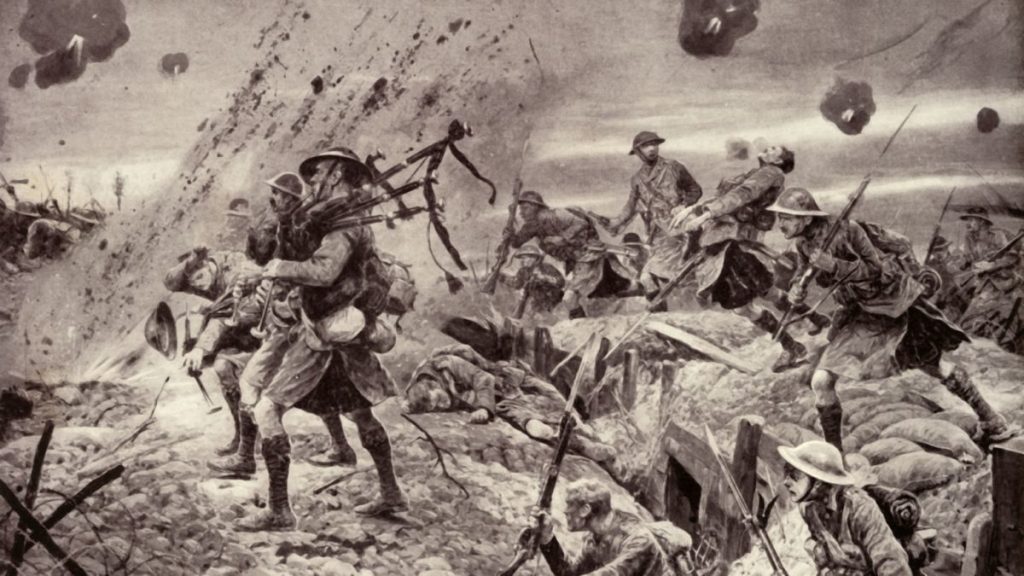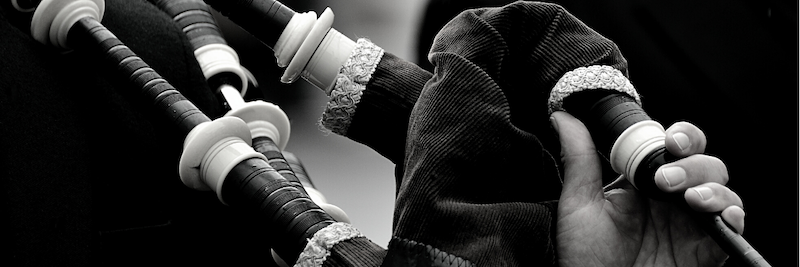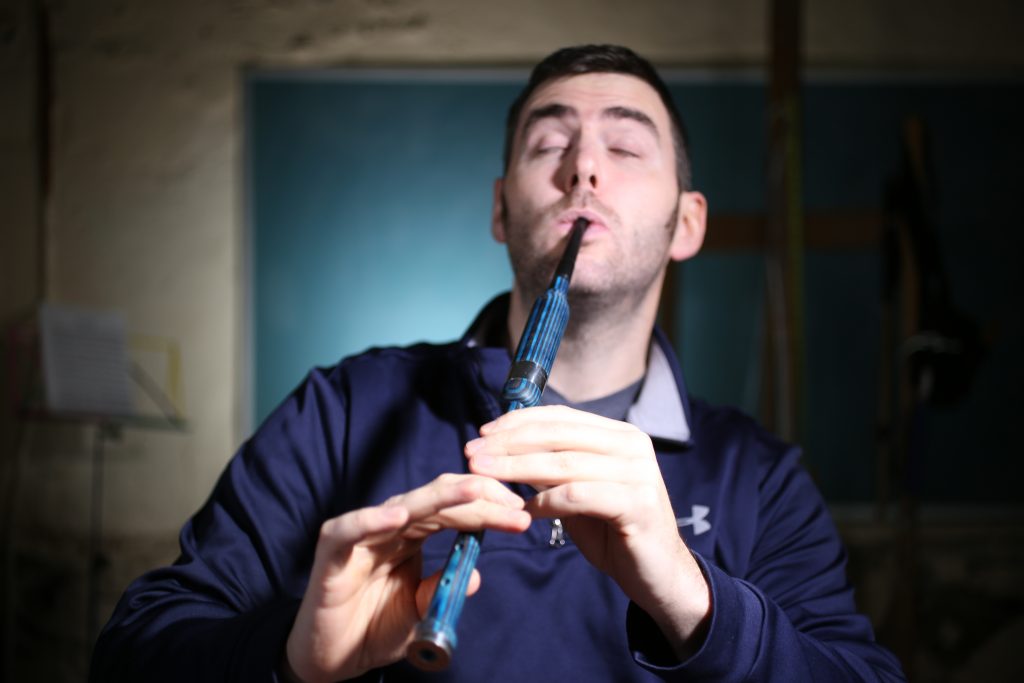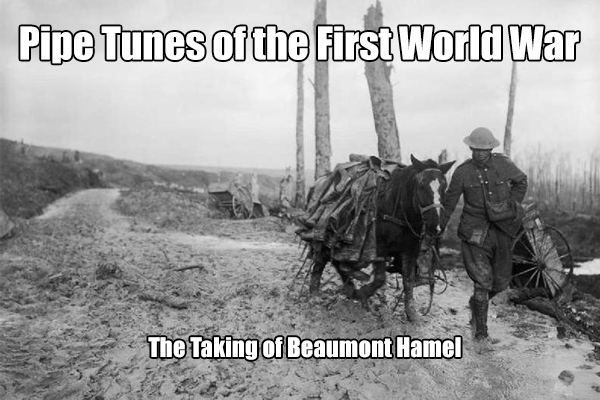Were the Bagpipes Banned as an Instrument of War?

For centuries, there has been a long-held belief that bagpipes were classified as an instrument of war and were banned in the Act of Proscription of 1746.
The story goes that in the aftermath of the Jacobite Rising of 1745, culminating in the now infamous Battle of Culloden, possessing a set of pipes or playing bagpipes them was banned.
Unfortunately, history is always far more complicated than we think...
The "Boring" History
Like many parts of Scottish Highland history of the pre-Victorian era, the Jacobite Rising of 1745 has been highly romanticized – particularly thanks to recent depictions such as the popular TV show Outlander.
Many people still believe that Culloden was the last battle for Scottish independence, often depicted as a valiant campaign of the Highland Clans fighting the evil force of invading British imperialists with Bonnie Prince Charlie leading their noble cause.
However, the Jacobite Rising of 1745 was not an attempt at Scottish Independence; rather, it was an attempt to restore the Stuart Family to the English Throne, and to restore a Catholic ruler to England.
In 1689, King James II of England and VII of Scotland, a Roman Catholic, had to flee to France during the Glorious Revolution. When William and Mary, James II daughter, took the throne, they established Presbyterianism as the state religion of Scotland.
The Jacobite Rising had its roots in another conflict, and continent – the War of Austrian Succession. In 1740, Charles VI died leaving his daughter Maria Theresa in line to succeed him. However, as a woman, she could not take his place as the Holy Roman Emperor.
Maria Theresa was intended to succeed her father in his hereditary claims in Hungary, Croatia, Bohemia, and Austria, and her husband, Francis Stephen, would be elected as Holy Roman Emperor. Many of the other rulers of the time saw Maria Theresa as ineligible for the thrones and put forward their own competing hereditary claims.
In truth, the many European powers of the time were looking to extend their influence and reduce that of the Habsburg Monarchy, which controlled a State made up of various territories in Europe. They also saw this as a way to extend their influence in the new colonies.
During the war, the European powers took traditional sides. England, the Dutch Republic, Saxony, and parts of what is now Italy sided with Austria. Prussia and France opposed them. Spain allied with Prussia and France to try to reclaim its influence over northern Italy. Spain had also been at war with Britain in the colonies, mainly the Caribbean.
Importantly, England and the Dutch Republic were largely Protestant. While Maria Theresa and the Habsburg were Catholic, the territories they controlled were mainly Protestant. Spain and France, both traditional enemies of England, were strongly Catholic.
The War of Austrian Succession actually comprised several smaller wars that eventually spread over the globe, starting in 1740 and ending in 1748. These included the War of Jenkin’s Ear in the Caribbean, the First Carnatic War in India, the Silesian Wars, King George’s War, the precursor to the French and Indian War in the Americas, and the Jacobite Rising of 1745.
The Jacobite Rising
Jacobites were not just Scottish. They were made up of Scottish, Irish, and English people. Due to the way the clan system was established in the highlands of Scotland many of the clans, most of whom were Catholic, sided with the Jacobites. There were many Jacobites from lowland areas of the north-east of Scotland, parts of northern England (Northumberland and Lincashire) and Ireland. Their common cause was to return the Stuarts to the throne.
Charles Edward Stuart, Bonnie Prince Charlie, was born in 1720 in Rome. The grandson of James II and VII, he was a leading force in the Jacobite Rebellion. In 1744, Charles travelled to France to lead a French invasion of England and regain the throne for his father. Unfortunately storms scattered the fleet and the invasion never happened.
In July of 1745, Charles Stuart landed on the isle of Eriskay in the north Scotland. From there he traveled to Glenfinnan, in the Scottish Highlands, and gathered a large force, including several Highland clans – the MacDonalds, Camerons, MacFies, and MacDonnells.
On August 19, 1745 Charles Stuart raised a banner, flanked by two pipers of the MacFies, and made his claim to the Scottish and English thrones. From there he marched to Edinburgh, which surrendered to him.
The first true battle of the Uprising was the Battle of Prestonpans, near Edinburgh. It was here that Prince Charles's army defeated the larger government army led by General John Cope. He then traveled south and captured Carlisle, a town on the English border. He made it as far south as the Swarkstone Bridge, in Derbyshire. Unfortunately, however, the southern population did not support him, so he was forced to head north.
After turning north, the Jacobite army laid siege to Stirling Castle. It was here that the Battle of Falkirk Mur was fought. This was the last major victory for the Jacobites and Prince Charles. After this victory, they were pursued by the Duke of Cumberland, King George II’s son. The government forces finally caught the Jacobite army near Inverness.
The Battle of Culloden, on April 16, 1746, was the last battle of the Jacobite Uprising. The government force decisively defeated the Jacobites. The army scattered after the battle, although over 500 Jacobites were captured by government forces.
The normal punishment for these prisoners was to execute 1 in 10 of the prisoners and transport the rest to the colonies.
It was here, finally, that bagpipes are said to have been classified as an instrument of war.
An Instrument of War?
One of the prisoners was James Reid. Rather than facing this punishment, he decided to take his case to trial, with the novel defense – he claimed that he was not a combatant in the battle, because he was a bagpiper.
This is where the idea that bagpipes were an instrument of war began. The judge's ruling mentioned that the bagpipes could be considered an instrument of war. This was because, he said, no Scottish army would go to war without pipers.
The final ruling, unfortunately for this myth, is that he was guilty – not because he was a piper, but because he was an active participant (he was a conscript).
James Reid was then hung, drawn and quartered.
Some interesting bits of trivia surround this. Firstly, Highland bagpipers weren't the only pipers in the Jacobite army. Many of the clans brought their pipers from the highlands, but many of the Lowland troops had pipers as well, playing Lowland pipes. Several of the other prisoners captured at the same time as Reid were released by the government and not executed or transported.
Fast forward a few centuries from those unfortunate souls, and we stumble on an interesting run-in with this ruling that took place in 1996, now famous among piping circles as 'the piper of Hampstead Heath'.
David Brooks, a bagpiper in London, made headlines in 1996 after he was fined for playing his pipes on Hampstead Heath. The fine was due to an old City of London bylaw against musicians playing any instruments in the area, but Brooks argued that he was not playing a musical instrument...
He claimed he was actually practicing with an instrument of war, citing James Reid’s case as proof. The judge in the case, while very amused by his novel defense, ruled that Reid's execution an illegal act. Because of this, bagpipes were not considered an instrument of war.
More than that, he pointed out that if they were, Brooks could be charged with carrying a deadly weapon in public – a far more serious crime that carried a prison sentence!
So, in 1746 they were classified as an instrument of war, which was then challenge in 1996... but were bagpipes ever banned as an instrument of war?
In short – no.
Bagpipes were not mentioned in the Act of Proscription of 1746. The act included many weapons – and specifically included Highland attire such as the wearing of the kilt – but the Act itself says nothing about bagpipes.
In fact, soon after this, bagpipes became a standard part of the Highland Regiments and government forces, featuring in documented accounts of campaigns worldwide.
The first formalized bagpipe competition, the Falkirk Tryst, was held in 1781, a mere 35 years after Culloden, and built on the many regional competitions that had been taking place up to that point.
So, ultimately, the great highland bagpipes may not have been banned as an instrument of war... but for a few centuries they were classified as one.
So although pipers weren't the pariahs many may think we were – it sounds pretty cool to be able to say you play an "instrument of war", doesn't it?
Interested in learning more fascinating history about the bagpipes? You can learn far more about piping history in our Introduction to Piobaireachd course – a detailed course that aims to demystify this beautiful, ancient piping art form, so all pipers of any level can understand, enjoy and continue its tradition.






Thanks for reviewing actual history (and historical context). Needs doing in view of what is sometimes a lot of romantic but ill-informed ideas.